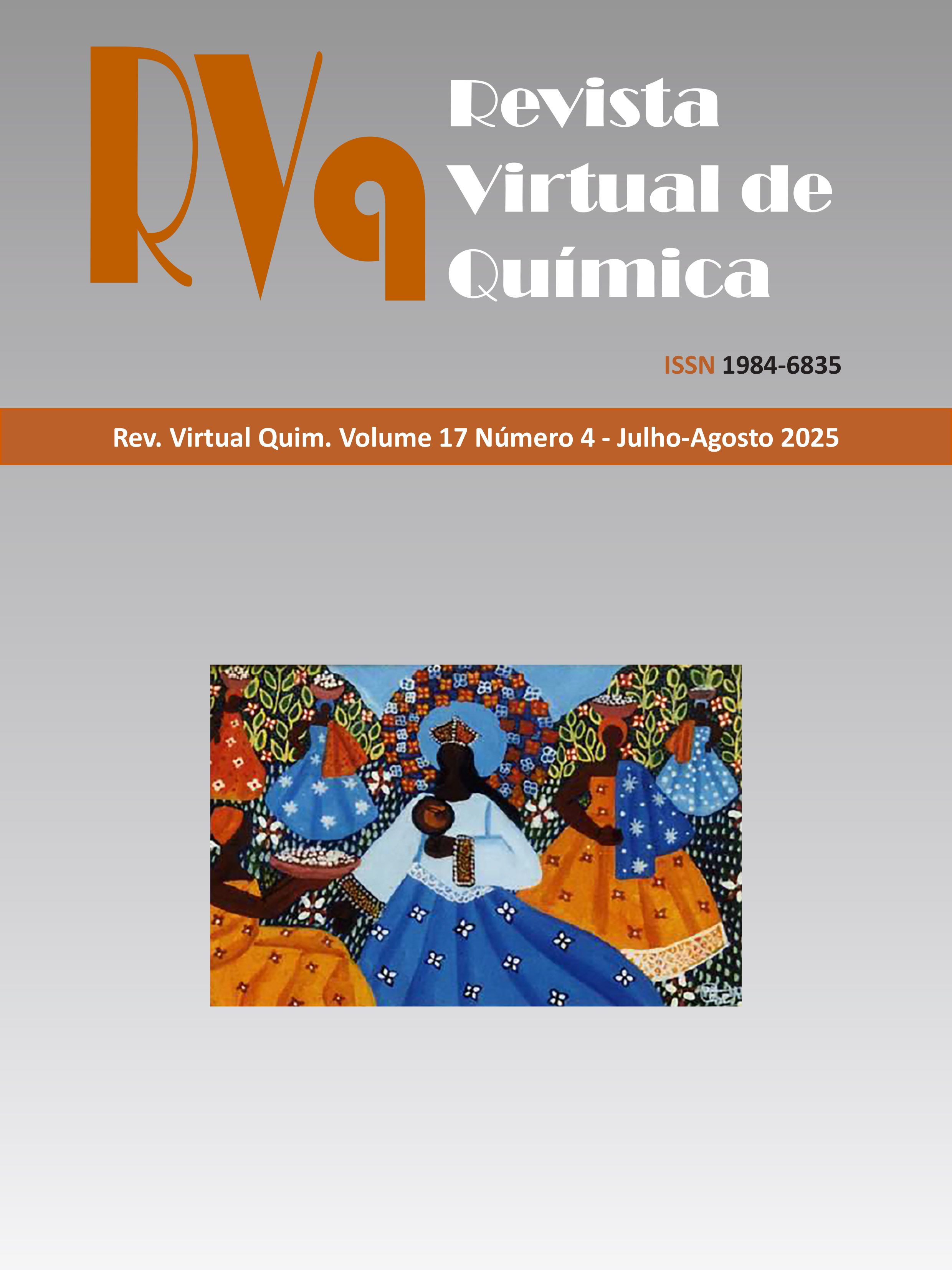Caracterização de Compostos Voláteis em Cavidades Naturais Impactadas por Mudanças Climáticas.
DOI:
https://doi.org/10.21577/1984-6835.20250021Resumo
Caves are unique ecosystems characterized by constant microclimates and low nutrient availability, harboring a biodiversity that has yet to be explored, especially microbial biodiversity. However, climate change, such as heat waves and heavy rainfall, threatens their stability, affecting trophic and hydrogeological interactions. In December 2024, precipitation and elevations caused large land penetrations, resulting in the accumulation of trees, soil, and other organic materials inside the Couto Cave at PETAR, obstructing passages and galleries. During the clearing work, convincing odors were reported, leading to the spread of the idea by volunteers that they could be exposed to an uncalculated danger. Currently, news without scientific basis can spread quickly through social media, generating unexpected impacts and requiring agile responses from authorities to contain misinformation. In this study, we collected samples from different points in the cave, using headspace and solid-phase microextraction techniques for analysis by gas chromatography. The results indicated that dimethyl disulfide was the main cause of the intense odor, but it was detected only at one point in the cave where the largest accumulation of external biomass occurred. Its occurrence was no longer detected a few meters away. In addition, microextraction techniques allowed the identification of a profile of volatile compounds, including low molecular weight alkanes, alcohols, ketones and aldehydes, derived from the degradation of organic matter in almost all environments of the cavity. These occurrences are in agreement with previous studies on the manipulation of wood by fungi.
Downloads
Arquivos adicionais
Publicado
Edição
Seção
Licença
Copyright (c) 2025 Revista Virtual de Química

Este trabalho está licenciado sob uma licença Creative Commons Attribution 4.0 International License.
Autores que publicam nesta revista concordam com os seguintes termos:
Os direitos autorais para artigos publicados nesta revista são do autor, com direitos de primeira publicação para a revista. Em virtude do acesso público, os artigos são de uso gratuito em aplicações educacionais e não-comerciais desde que com reconhecimento da autoria e da publicação nesta revista.

